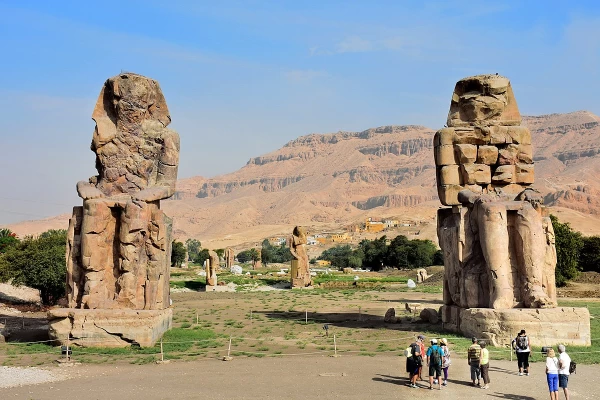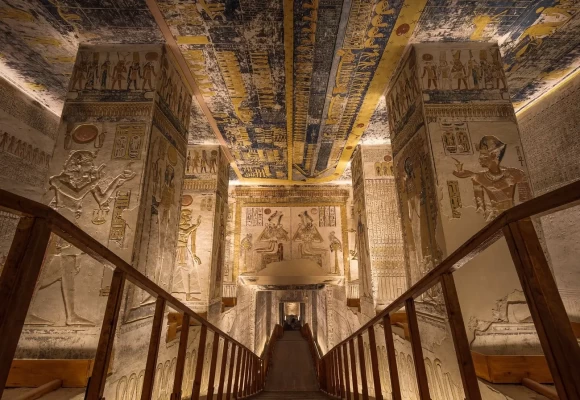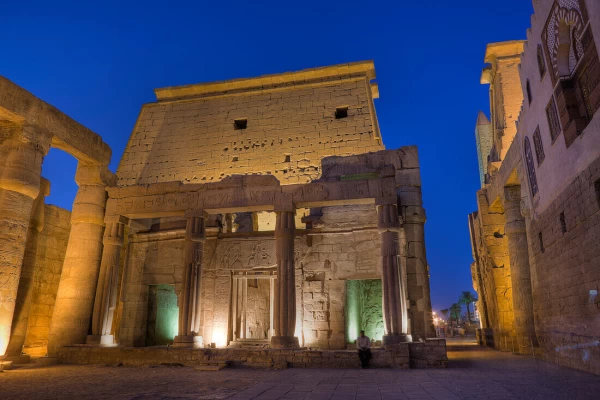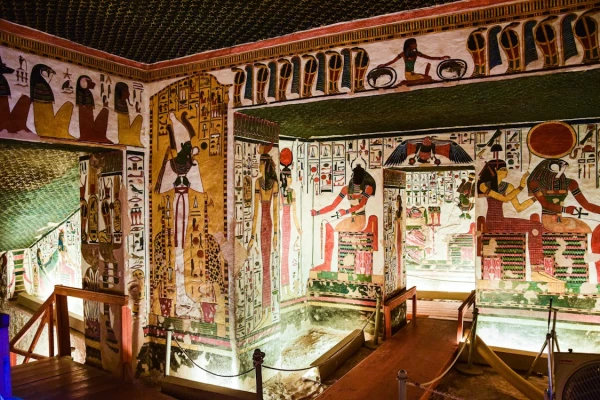A representative will pick you up from your place in Safaga ports and take you all the way to having a ride in an AC Vehicle to Luxor to start your visits with an official guide to the east of Luxor.
The Karnak temple.
Karnak temple is the second largest religious structure in the ancient world after Angkor Wat of Cambodia. It remains the second most visited historic site in Egypt after the Pyramids of Giza. The site consists of four main parts: The great court of Amun-Ra; the province of Mut; the province of "Monto"; and the temple of "Amenhotep IV".
Luxor temple.
Unlike most other Ancient Egyptian Temples, the Luxor Temple was not positioned roughly in the east-west axis, but was oriented towards Karnak. This is because Luxor Temple was the main place of one of the most important Ancient Egyptian religious ceremonies where the statues of each of the deities Amun, his wife Mut and their son, the moon god Khonsu were moved from their temples at Karnak in a grand procession to Luxor Temple.
and on the west you shall see;
Medinat Habu:
Some say that the name Habu denotes Amenhotep, son of Habu, vizier to Amenhotep III. Others say the name belongs to the Christian priest who resided here subsequently. This temple is one of the largest funerary temples dedicated to royal commemoration in the New Kingdom.
the valley of kings
The valley is a dry river bed on the western bank of the ancient city of Thebes (modern Luxor), hence the name Valley of the Kings. But this name is slightly misleading because not only kings but also other members of the royal family, as well as some non-royals (but of high rank), were buried in the Valley of the Kings, which is divided into the eastern and western valleys.
the valley of queens:
The Valley of the Queens is where the queens of ancient Egypt were buried. In ancient times, it was known as "Ta-Sit-Nefru", meaning "the place of the sons of the pharaoh" or "the place of beauty"; as this was the place where queens of the eighteenth, nineteenth and twentieth dynasties (from 1550 to 1070 BC) were buried, as well as numerous princes and princesses and some nobility.
Colossi of Memnon
Memnon's statue stands on the western bank of Thebes, known today as Luxor. Luxor, one of the most important tourist attractions, comprises various Pharaonic monuments that connect to the civilization of the ancient Egyptians some thousands of years ago.
You will be transferred back to your hotel in Safaga port after this tour.
Day meals: lunch during the visits.























